I. Introduction
Singapore Airlines (SIA) stands as a paragon of excellence in the global aviation industry, renowned for its commitment to exceptional service, innovation, and a premium travel experience. Headquartered in Singapore, this illustrious airline has not only earned a stellar reputation for safety and reliability but has also become synonymous with luxury and comfort in air travel. From its humble beginnings to its current status as a world-leading carrier, Singapore Airlines has consistently set benchmarks in various facets of the aviation sector, including fleet modernization, customer service, and operational efficiency.
As a member of the Star Alliance network, Singapore Airlines operates an extensive network that spans across six continents, connecting passengers to over 130 destinations worldwide. The airline’s iconic branding, symbolized by the “Singapore Girl” in her elegant sarong kebaya, reflects its commitment to delivering personalized and culturally rich service, which has garnered numerous accolades and a loyal customer base.
In this detailed profile, we will delve into the rich history and background of Singapore Airlines, explore its diverse fleet and award-winning services, analyze its corporate strategy and financial performance, and understand its market position within the highly competitive aviation industry. Through this comprehensive examination, we aim to paint a vivid picture of what makes Singapore Airlines a standout carrier in the global skies.
II. History and Background
A. Founding and Early Years
Singapore Airlines traces its roots back to May 1, 1947, when it was established as Malayan Airways Limited (MAL) in partnership with the Ocean Steamship Company of Liverpool, the Straits Steamship Company of Singapore, and Imperial Airways. The airline’s inaugural flight took off from Singapore Kallang Airport to Kuala Lumpur, marking the beginning of a journey that would eventually see it become one of the world’s leading carriers.
In the early years, MAL operated a modest fleet of twin-engined Airspeed Consuls, connecting passengers to a select number of regional destinations. The post-war era was a period of optimism and expansion, and the airline benefited from the increasing demand for air travel in Southeast Asia. By the 1950s, the fleet had expanded to include larger aircraft such as the Douglas DC-3s, which enabled the airline to extend its network to destinations like Jakarta, Saigon (now Ho Chi Minh City), and Bangkok.
B. Major Milestones
The 1960s and 1970s were transformative decades for the airline. In 1963, following the formation of the Federation of Malaysia, MAL was renamed Malaysian Airways. This change was short-lived, as the airline was rebranded as Malaysia-Singapore Airlines (MSA) in 1966, reflecting the partnership between Malaysia and Singapore. MSA saw significant growth and modernization during this period, including the introduction of the first jet aircraft, the Boeing 707, which marked the airline’s foray into the jet age.
In 1972, the partnership between Malaysia and Singapore was dissolved, leading to the creation of two separate national carriers: Malaysian Airline System (now Malaysia Airlines) and Singapore Airlines. This split was a defining moment for Singapore Airlines, allowing it to chart its own course and focus on developing Singapore as a global aviation hub.
The 1980s and 1990s were characterized by rapid expansion and numerous firsts. In 1984, Singapore Airlines became the first airline to operate a non-stop flight between Singapore and London using the Boeing 747-300. The airline also introduced the Airbus A340-500 in 2004, which allowed it to operate the world’s longest non-stop commercial flight between Singapore and New York.

C. Expansion and Growth
Singapore Airlines‘ growth strategy has always been anchored in innovation and customer service excellence. The airline continuously expanded its fleet and route network, often being the launch customer for new aircraft models. In 2007, Singapore Airlines made headlines by being the first airline to fly the Airbus A380, the world’s largest passenger aircraft, from Singapore to Sydney.
The airline’s commitment to excellence is reflected in its numerous awards and accolades over the years. It has consistently been recognized for its outstanding in-flight service, on-time performance, and overall passenger experience. The introduction of the KrisWorld in-flight entertainment system in the 1990s set a new standard in the industry, offering passengers a wide array of entertainment options.
Singapore Airlines has also formed strategic alliances and partnerships to enhance its global reach. It is a member of the Star Alliance, the world’s largest global airline alliance, which enables it to offer passengers seamless connectivity to over 1,300 destinations worldwide.
Overall, Singapore Airlines‘ history is a testament to its resilience, innovation, and unwavering commitment to quality. From its humble beginnings as Malayan Airways to its current status as a global aviation leader, the airline has continually evolved to meet the changing demands of the industry while maintaining its core values of service excellence and customer satisfaction.
III. Fleet and Services
Singapore Airlines is renowned not only for its impeccable service but also for its state-of-the-art fleet and comprehensive in-flight offerings. This section delves into the details of the airline’s fleet composition, the in-flight services that distinguish it, and the customer service that has earned it accolades worldwide.

A. Fleet Composition
Singapore Airlines boasts a modern and diverse fleet designed to cater to various market needs while ensuring passenger comfort and operational efficiency. The airline operates a mix of wide-body aircraft from leading manufacturers such as Airbus and Boeing. Key models in their fleet include the Airbus A350-900, the Boeing 787-10, and the Airbus A380-800, among others. These aircraft are equipped with the latest technology, offering superior fuel efficiency and reduced environmental impact. The choice of aircraft allows Singapore Airlines to operate long-haul international routes efficiently, connecting Singapore to major global destinations seamlessly.
B. In-Flight Services
The in-flight services provided by Singapore Airlines are often cited as industry benchmarks. The airline offers multiple classes of service, each designed to provide a premium experience tailored to different passenger needs.
- First Class and Suites: Passengers in First Class and the exclusive Suites experience unparalleled luxury. Features include lie-flat beds, private compartments, gourmet dining options, and extensive entertainment systems. The Suites on the Airbus A380-800, in particular, offer a private room with a bed and a separate seat, providing an experience akin to a flying hotel suite.
- Business Class: Business Class on Singapore Airlines is designed for comfort and productivity. Seats convert into fully flat beds, and passengers have access to priority boarding, premium dining options, and extensive entertainment choices. The airline’s Business Class is frequently praised for its spacious seating and the high level of personalized service.
- Premium Economy and Economy Class: The Premium Economy Class offers a more comfortable and spacious alternative to standard Economy, with enhanced meal options and additional amenities. Economy Class passengers also enjoy a high level of comfort, with ergonomically designed seats, a wide selection of in-flight entertainment, and delectable meal options.
C. Customer Service Excellence
Singapore Airlines’ commitment to customer service excellence is evident in every aspect of its operations. The airline has won numerous awards for its service quality, reflecting its dedication to providing a superior travel experience. Key aspects of their customer service include:
- Ground Services: From the moment passengers enter the airport, Singapore Airlines ensures a smooth and pleasant experience. Priority check-in for premium passengers, efficient baggage handling, and access to exclusive lounges are just a few examples of their comprehensive ground services.
- Cabin Crew: Known for their professionalism and friendliness, the cabin crew of Singapore Airlines undergo rigorous training to meet the highest standards of service and hospitality. Their attention to detail and willingness to go the extra mile consistently earn praise from passengers.
- Customer Support: Beyond the in-flight experience, Singapore Airlines offers robust customer support, including responsive call centers, efficient online services, and a user-friendly mobile app. These services ensure that passengers can easily manage their bookings and receive assistance whenever needed.

In summary, Singapore Airlines’ fleet and services are integral to its reputation as a leading global airline. The combination of an advanced fleet, exceptional in-flight services, and a steadfast commitment to customer service excellence positions the airline as a benchmark in the aviation industry.
IV. Corporate Strategy and Performance
Singapore Airlines has long been recognized as a leader in the aviation industry, not only for its exceptional service but also for its robust corporate strategy and stellar financial performance. This section delves into the key elements that underpin the airline’s business model, its financial health, and its competitive positioning in the global market.
A. Business Model
Singapore Airlines operates a full-service carrier (FSC) business model, which is centered on offering premium services to its passengers. The airline aims to provide an unparalleled travel experience through a combination of state-of-the-art fleet, luxurious in-flight services, and customer-centric policies. Striving for excellence, the company continually innovates its service offerings, such as the introduction of the world’s longest commercial flights and the launch of its new first-class suites.
Moreover, the airline has diversified its services through subsidiaries like SilkAir, its regional wing, and Scoot, its low-cost carrier. This multi-brand strategy allows Singapore Airlines to capture a broader market share by catering to varied customer needs, from budget-conscious travelers to those seeking luxury experiences. Additionally, strategic alliances and codeshare agreements with other leading airlines enhance its network connectivity, offering passengers seamless travel options across the globe.
B. Financial Performance
Singapore Airlines has maintained a strong financial position over the years, thanks to its prudent management and strategic investments. The airline’s financial strategy revolves around maintaining a healthy balance sheet, optimizing operational efficiencies, and managing costs effectively. Despite the challenges posed by fluctuating fuel prices and economic downturns, Singapore Airlines has consistently reported robust revenue streams and profitability.
The airline’s financial resilience was particularly evident during the global COVID-19 pandemic. While the aviation industry faced unprecedented disruptions, Singapore Airlines swiftly implemented cost-saving measures, secured liquidity through government support and capital raising, and accelerated its digital transformation initiatives. These actions not only helped the airline navigate the crisis but also positioned it for a strong recovery in the post-pandemic era.
C. Market Position and Competitiveness
Singapore Airlines is widely regarded as one of the top carriers in the world, often earning accolades for its service quality, safety standards, and operational efficiency. The airline’s commitment to excellence is reflected in numerous industry awards, including Skytrax’s World’s Best Airline, Best First Class, and Best Airline Cabin Crew.
A key component of its competitive edge is its continuous investment in fleet modernization. By incorporating the latest aircraft models, such as the Airbus A350 and Boeing 787 Dreamliner, the airline ensures fuel efficiency, enhanced passenger comfort, and reduced environmental impact. Additionally, Singapore Airlines’ emphasis on innovation extends to its customer service, with initiatives like personalized travel experiences, advanced in-flight entertainment systems, and state-of-the-art lounges.
In the highly competitive aviation market, Singapore Airlines differentiates itself through its unwavering focus on quality and customer satisfaction. Its strategic positioning in the Asia-Pacific region, combined with its strong brand reputation, allows it to attract both premium and value-conscious travelers. The airline’s proactive approach to market trends, such as expanding routes to emerging markets and enhancing its digital capabilities, further solidifies its standing as a market leader.
In conclusion, the corporate strategy and performance of Singapore Airlines exemplify a well-balanced approach to achieving sustainable growth and maintaining a competitive edge. Through a combination of innovative services, financial prudence, and a relentless focus on customer satisfaction, the airline continues to set benchmarks in the global aviation industry.
V. Conclusion
Singapore Airlines has undeniably established itself as a global leader in the aviation industry through a combination of strategic vision, operational excellence, and unwavering commitment to customer satisfaction. From its modest beginnings in 1947 as Malayan Airways, the airline has grown exponentially, navigating through various phases of expansion and innovation. Key milestones, such as the introduction of the iconic KrisWorld in-flight entertainment system and the launch of the world’s longest non-stop flight, highlight its pioneering spirit and dedication to enhancing the passenger experience.
The airline’s diverse and modern fleet, coupled with its exceptional in-flight services, sets it apart in a highly competitive landscape. Singapore Airlines consistently ranks at the top in customer satisfaction surveys, thanks to its meticulous attention to detail and the exemplary service of its well-trained crew. The airline’s focus on luxury, comfort, and technological advancements ensures that it remains a preferred choice for travelers around the globe.
Corporate strategy plays a crucial role in the continued success of Singapore Airlines. Its business model, which emphasizes premium service and operational efficiency, has resulted in robust financial performance even in challenging economic climates. The airline’s ability to adapt to market changes, invest in cutting-edge technologies, and maintain a strong brand image contributes to its formidable market position.
In summary, Singapore Airlines exemplifies how a combination of historical legacy, strategic growth, superior service, and astute management can create a world-class airline. As the aviation industry continues to evolve, Singapore Airlines is well-positioned to lead the way, setting new standards for excellence and innovation in air travel.
Catch up on the top stories and travel deals by subscribing to our newsletter!

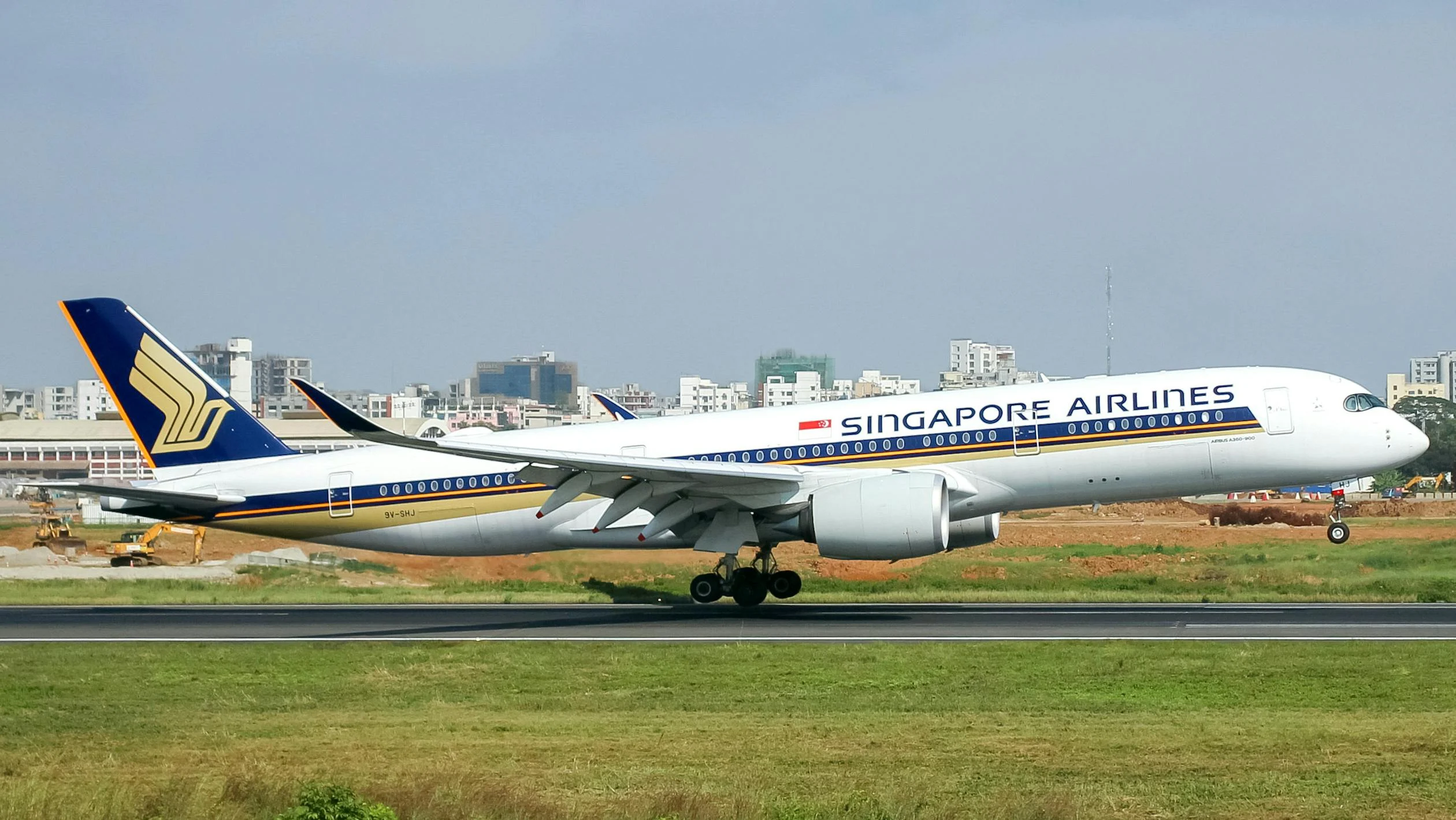

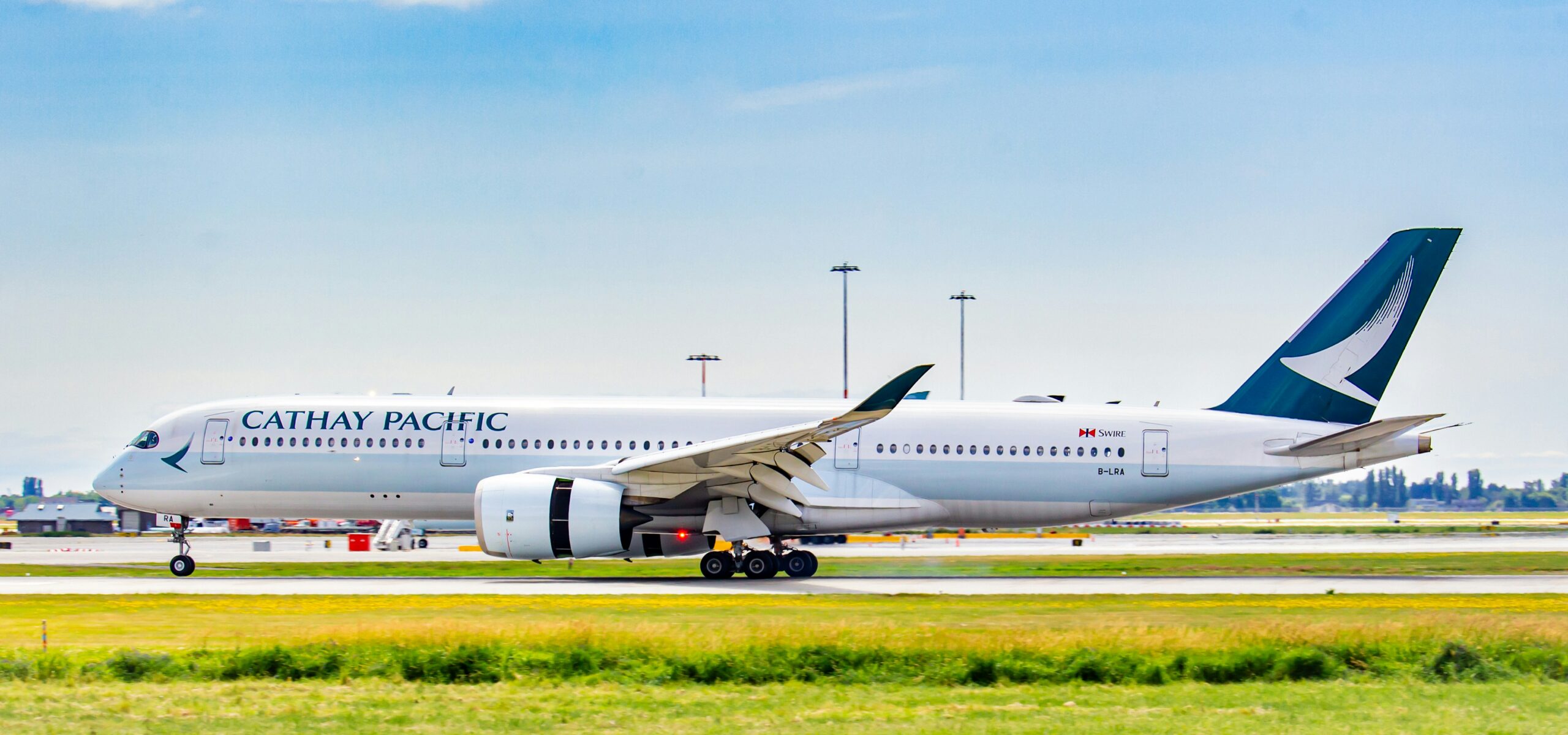
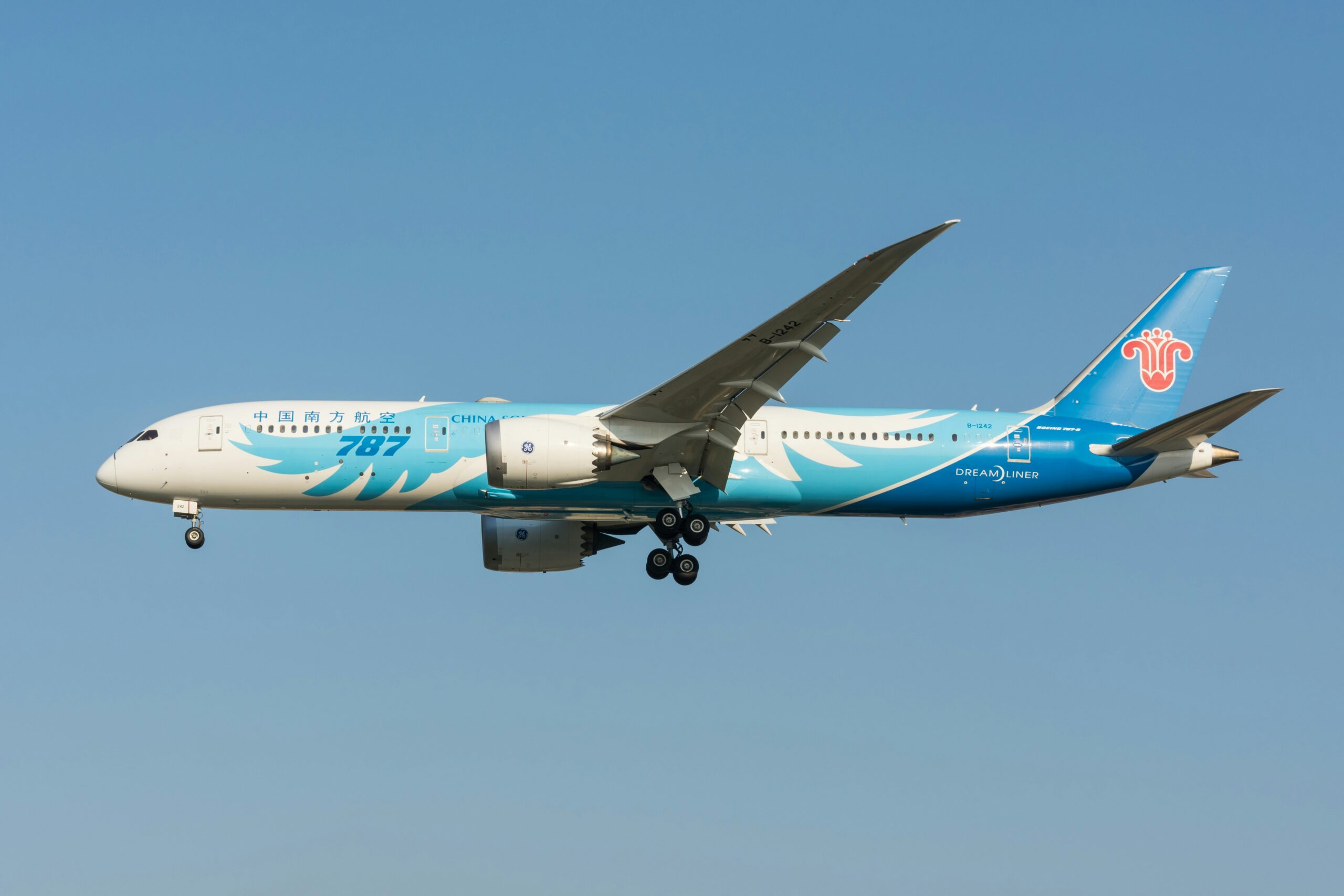
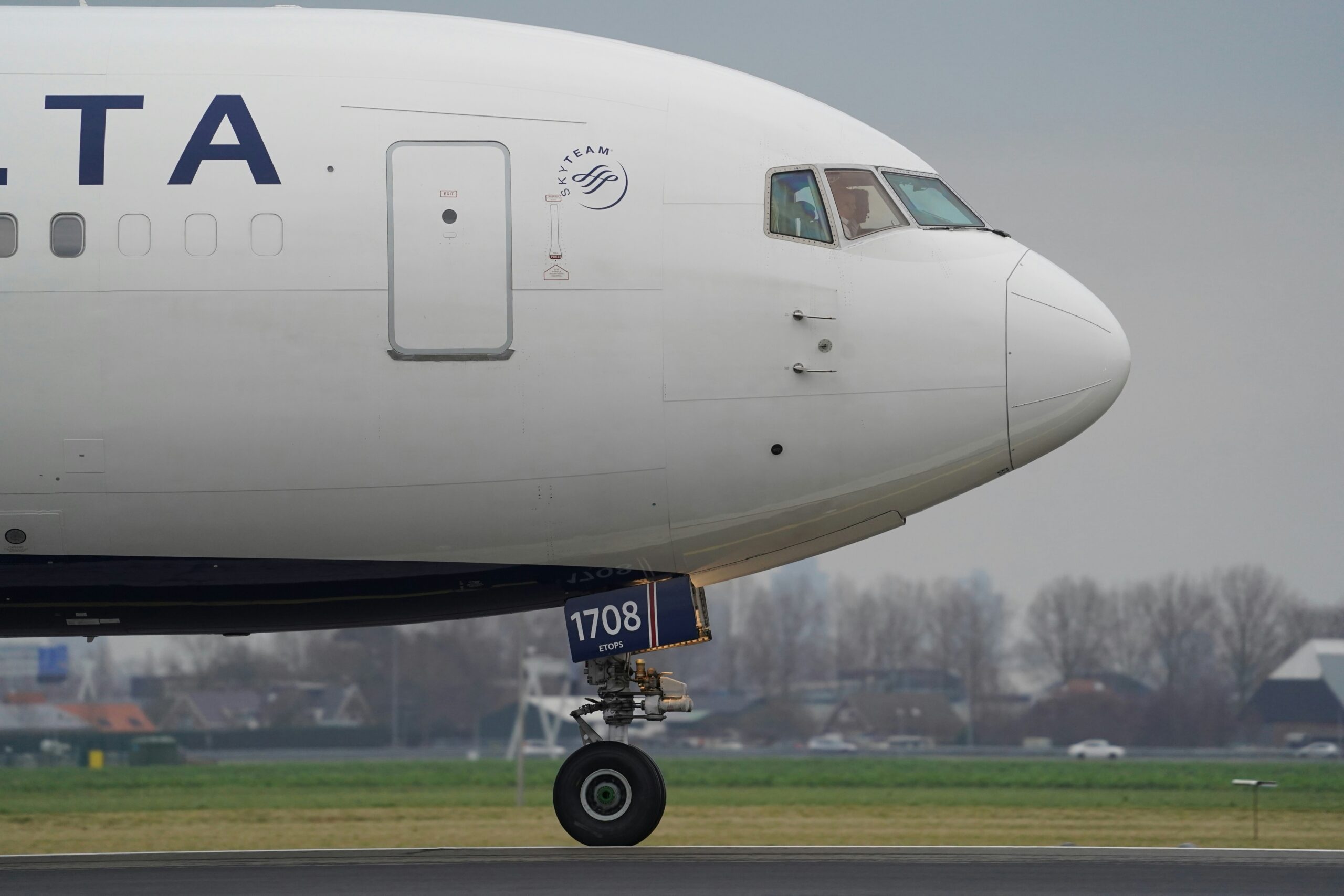
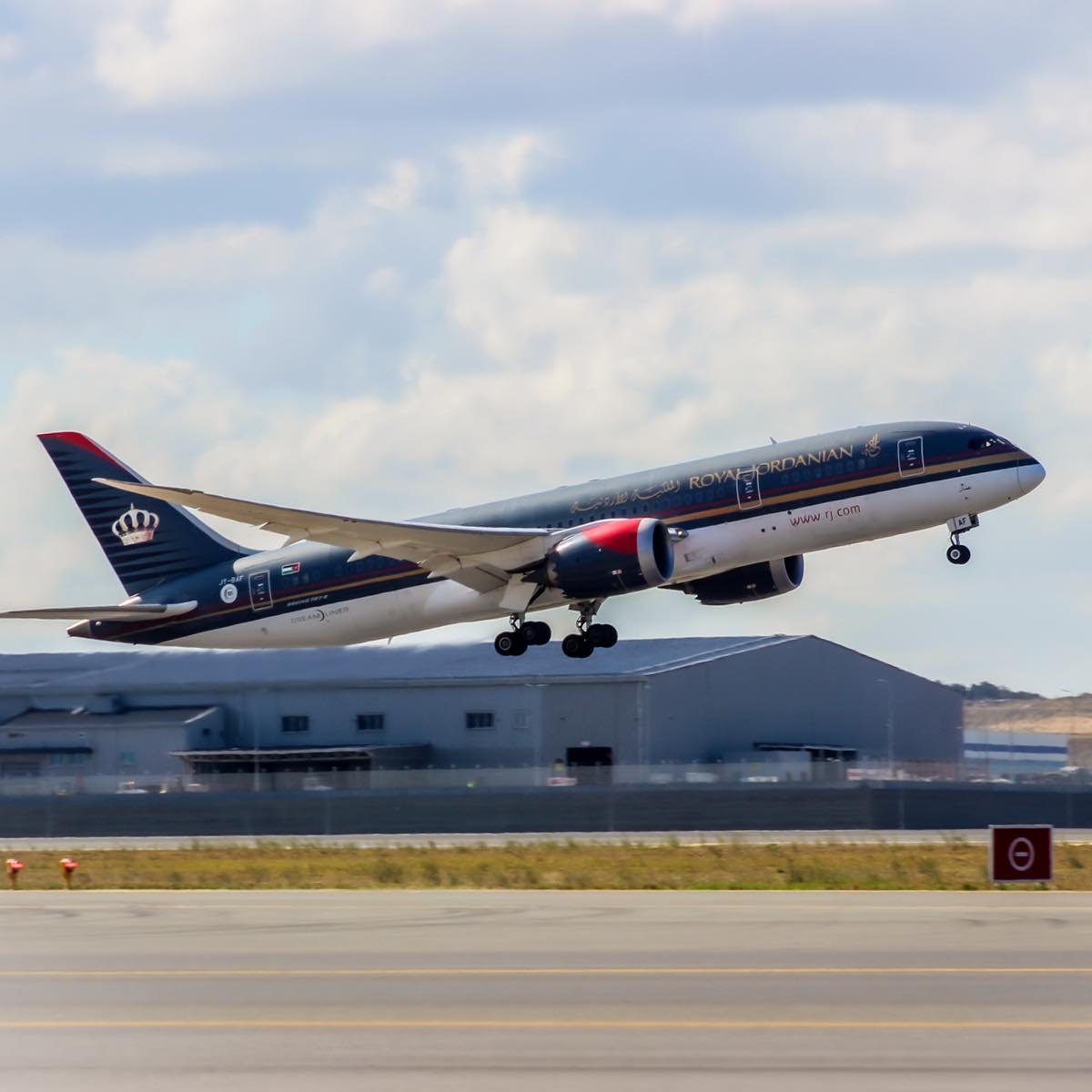
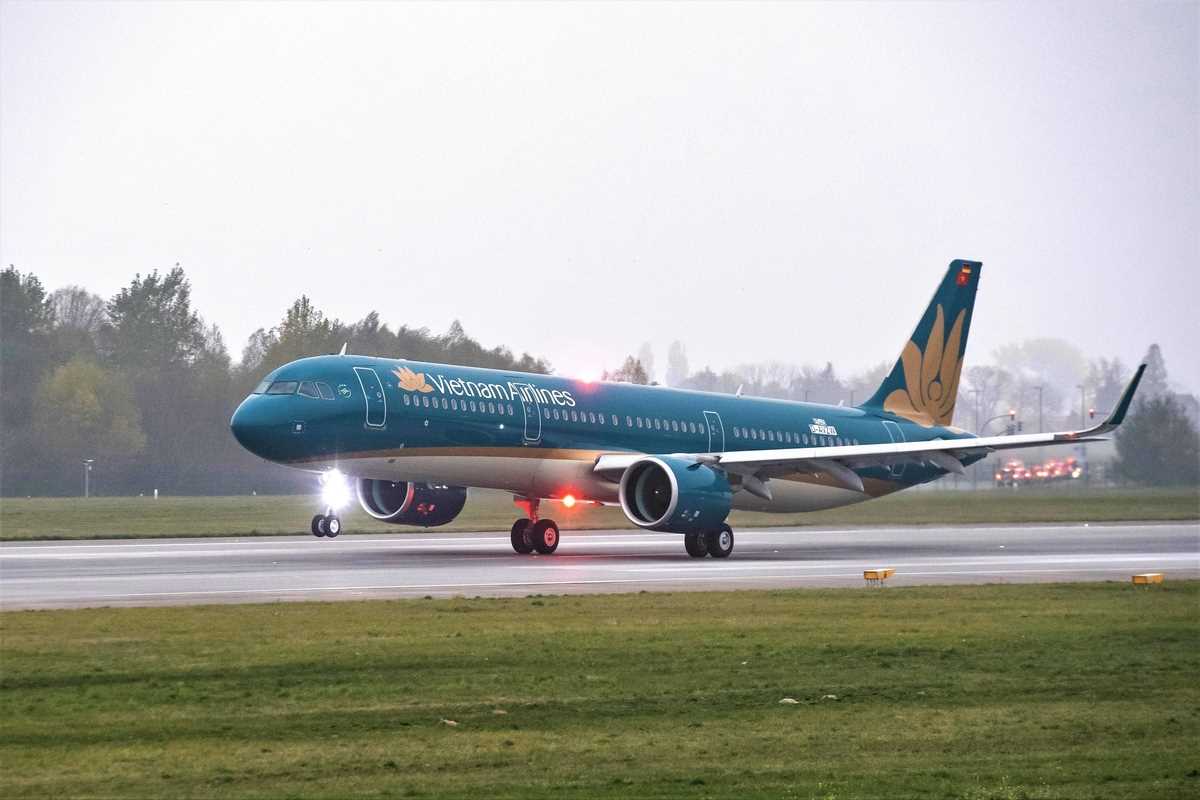

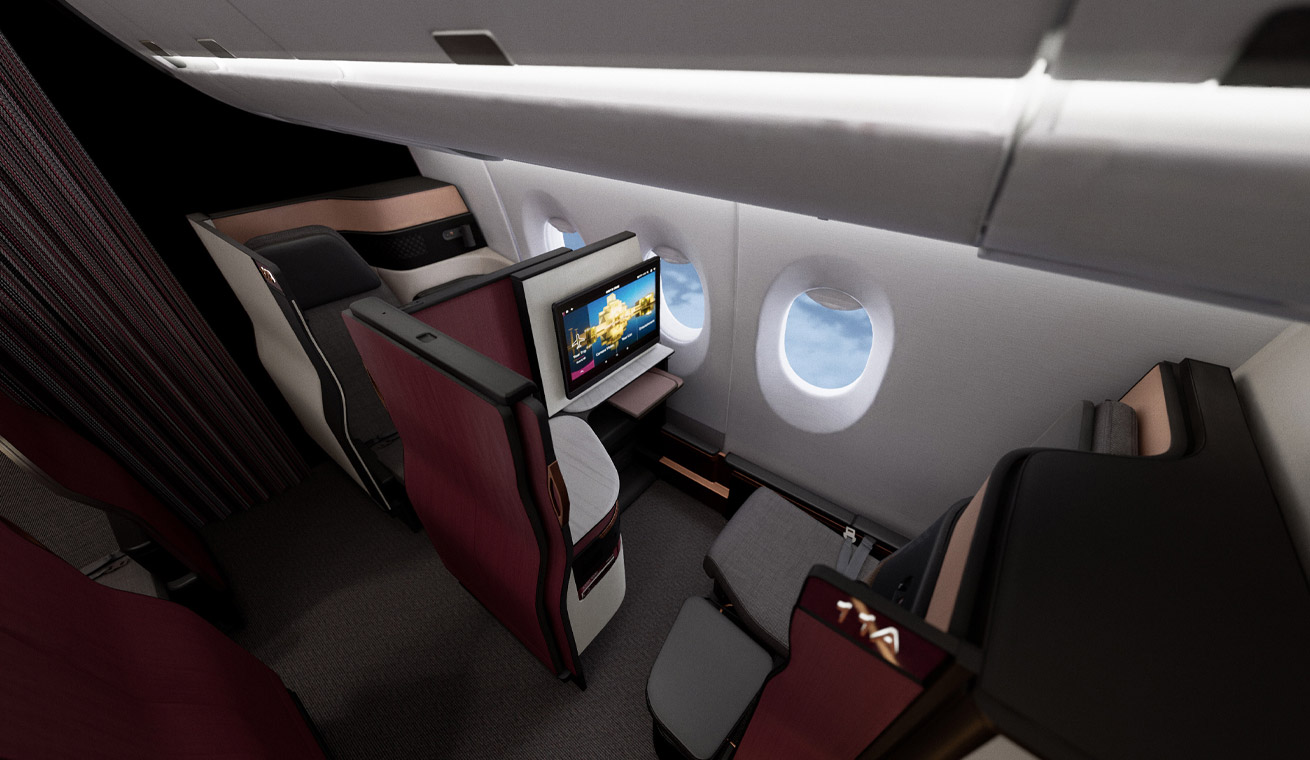
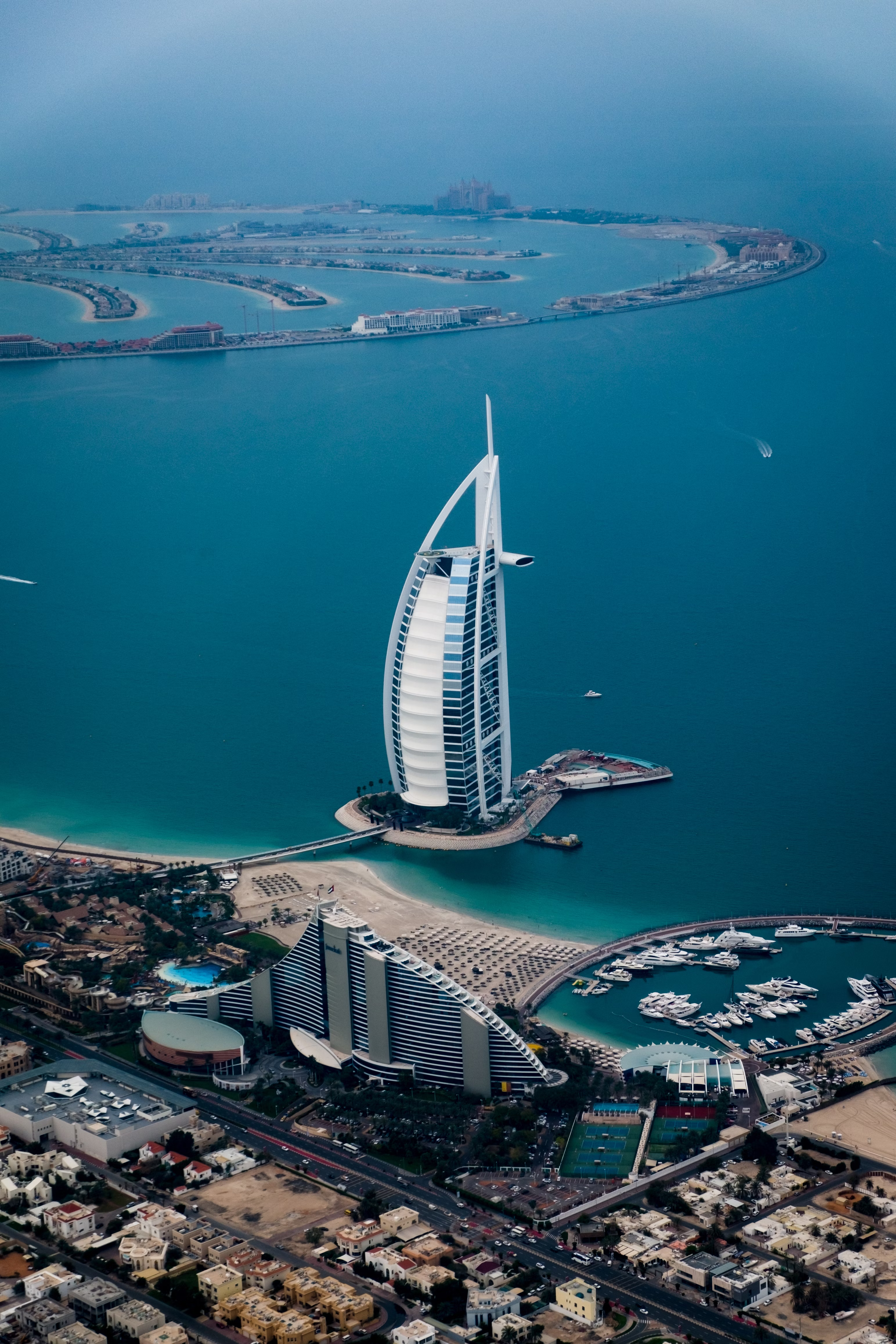

Leave a Reply